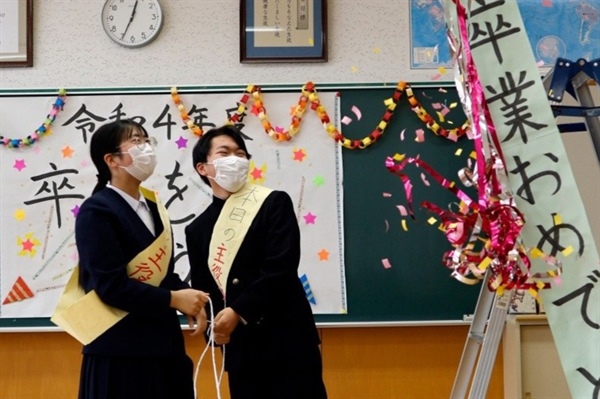
Two students Eita Sato and Aoi Hoshi at the graduation ceremony
With the birth rate falling faster than expected, school closures in Japan have accelerated this year. Once crowded and buzzing with students, many schools in Japan are now a shadow of their former selves. This is especially true for schools in rural areas of the country, especially in rural areas like Ten-ei, a ski resort and hot springs area in Fukushima Prefecture. With the birth rate falling faster than expected to below 800,000 births in 2022, a new record low, according to government estimates and eight years earlier than expected, this has dealt a heavy blow to smaller public schools, often at the heart of rural towns and villages, as these areas grapple with population decline.
Yumoto Junior High School, once bustling with students in the mountains of northern Japan, closed permanently when the school year ended on Friday. The 76-year-old school closed because it had no students and new students stopped enrolling. At the junior high graduation ceremony, Eita Sato and Aoi Hoshi, the only graduates of Yumoto Junior High and the last to graduate from the small, rural school in Japan, said: “We heard rumors about the school closing in our second year, but we couldn’t imagine it would actually happen. We were shocked,” said Masumi, mother of Eita, who graduated from Yumoto. “I was really worried that people wouldn’t consider this area a place to settle down and start a family if there was no junior high school.”
As the Asian nation's birthrate has hit a record low over the past two years, school closures have become a common phenomenon, especially in rural areas like Ten-ei District, a ski resort and hot springs area in Fukushima Prefecture. These areas in Japan are struggling with a declining population andeducational opportunities for rural residents are becoming increasingly scarce. According to Japanese government data, about 450 schools close each year. Between 2002 and 2020, nearly 9,000 schools have permanently closed, making it harder for remote rural areas to attract new residents and younger people.
China is also on a similar path, recording its lowest population figures in six decades, according to Firstpost . Falling birth rates are a problem across Asia, with the high cost of raising children directly contributing to the falling birth rate. It’s a similar story in South Korea, but Japan’s situation is particularly dire.
Prime Minister Fumio Kishida recently pledged “unprecedented measures” to boost the country’s alarmingly low birth rate, doubling the budget for child-related policies, and said it was important to maintain the country’s educational environment. Experts warn that closing schools in rural areas will widen the urban-rural divide and put more pressure on remote areas. “Closing schools means that the area will eventually become unsustainable,” said Touko Shirakawa, a sociology professor at Sagami Women’s University.
The Ten-ei government will discuss repurposing school facilities. In other parts of Japan, closed schools have become wineries or art museums.
HONG HANH
Source


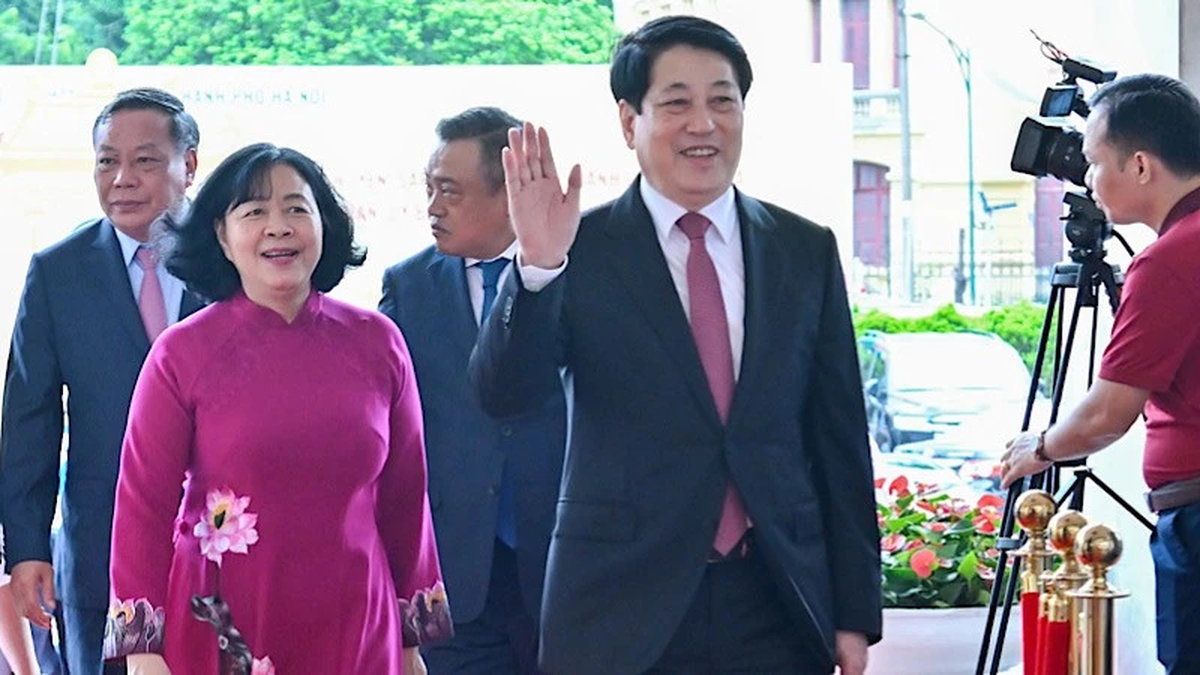
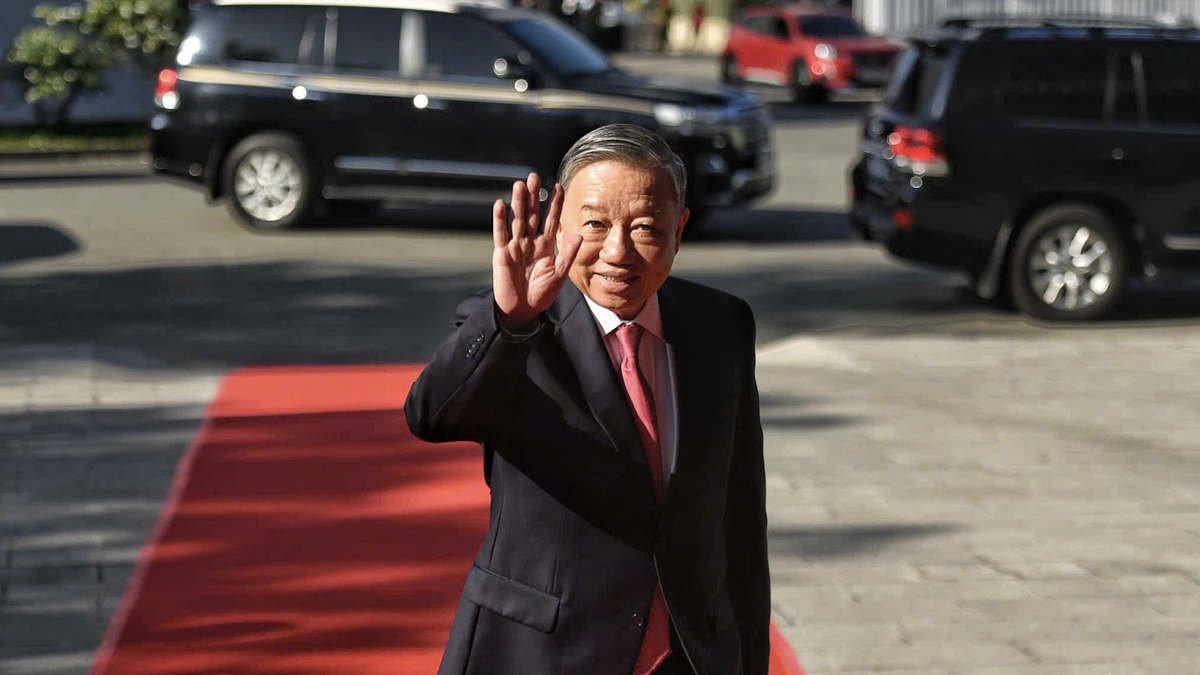
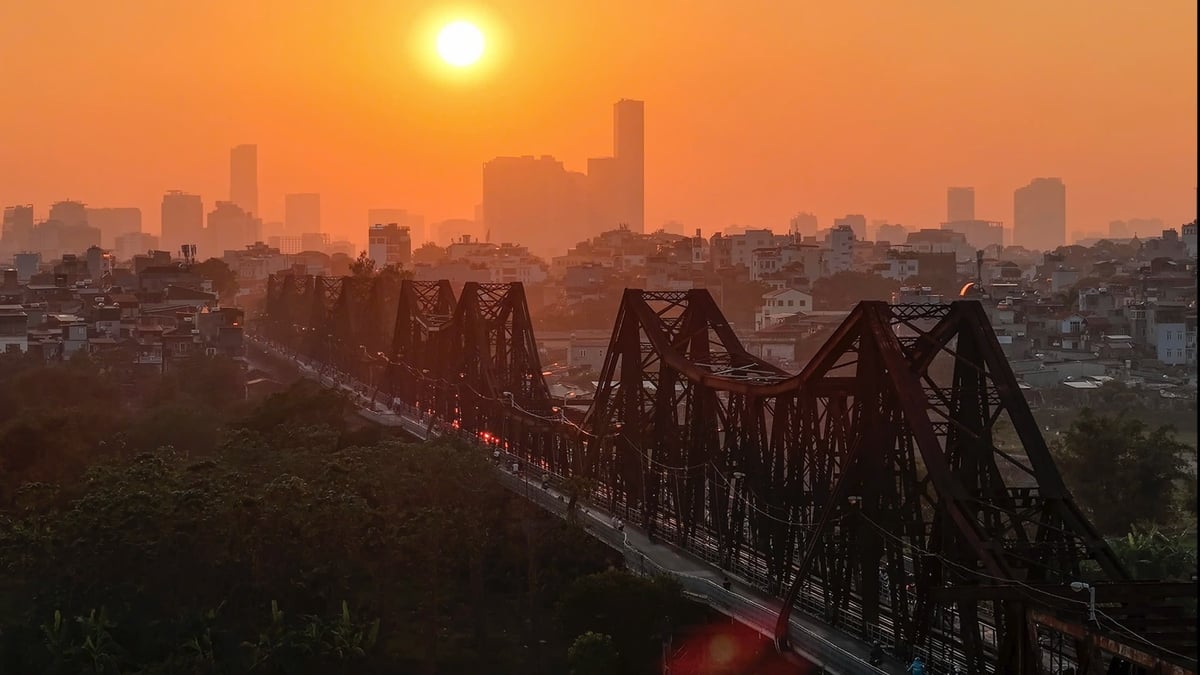
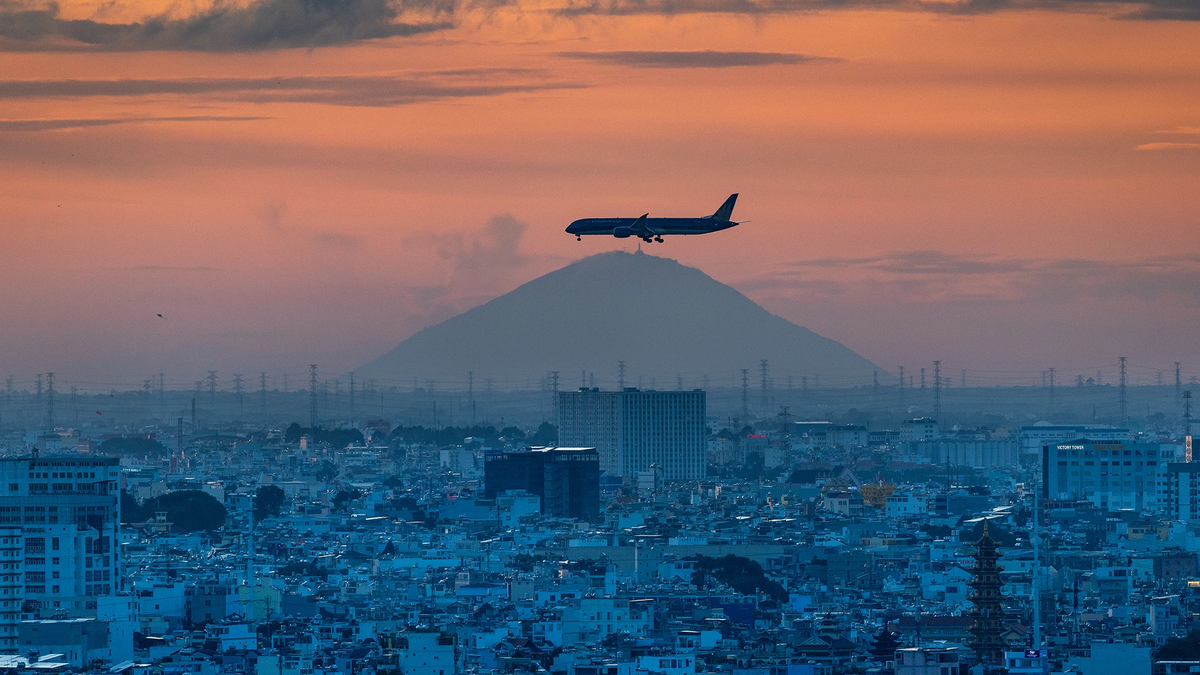
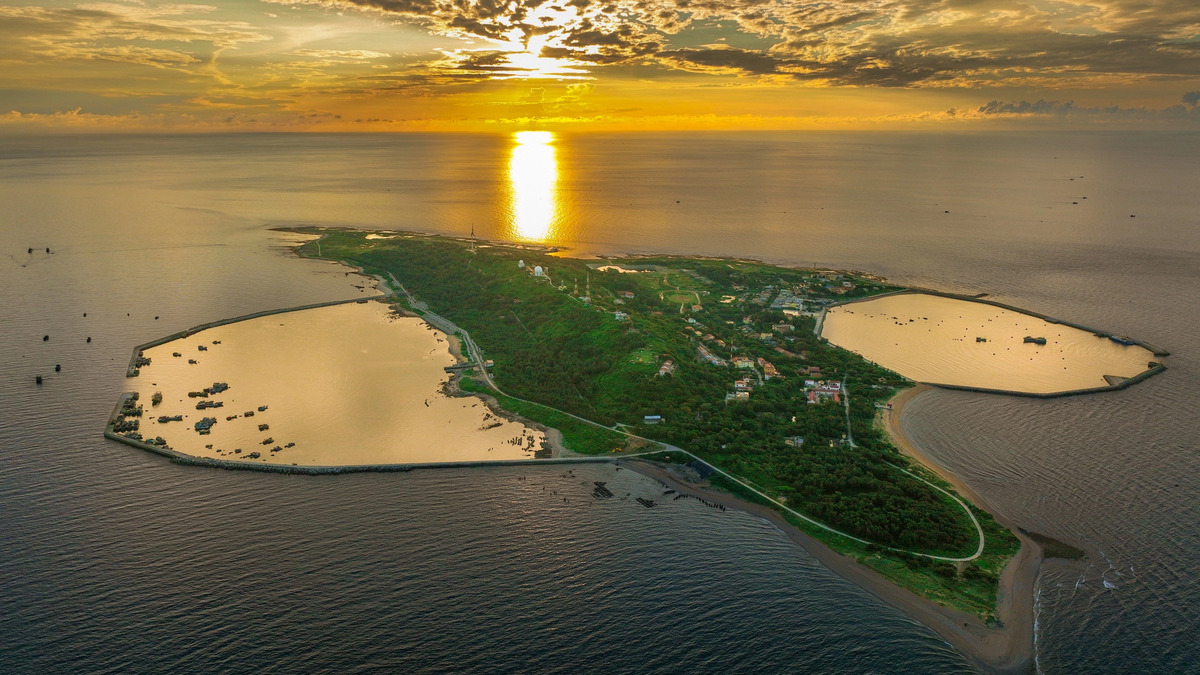
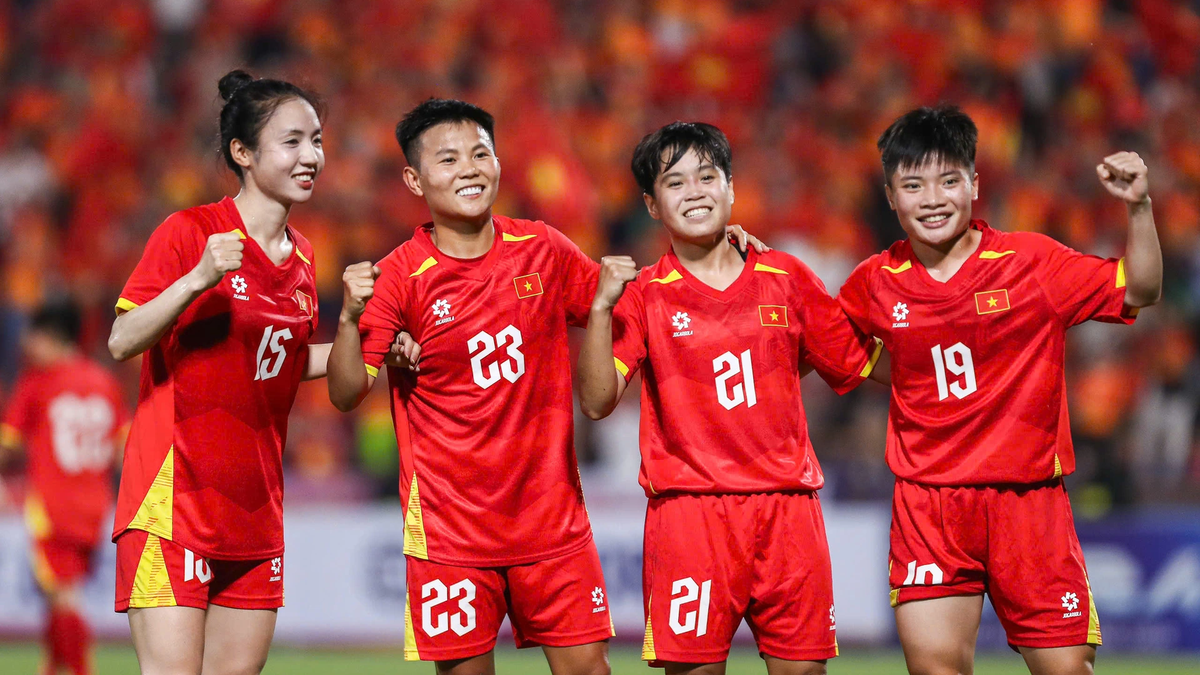
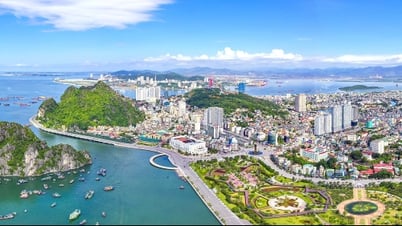


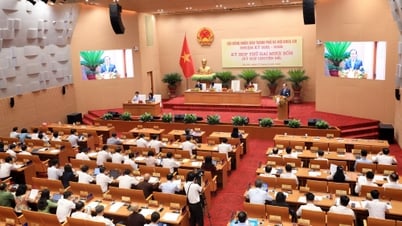
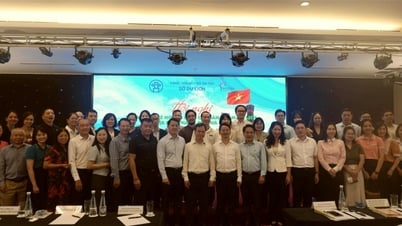
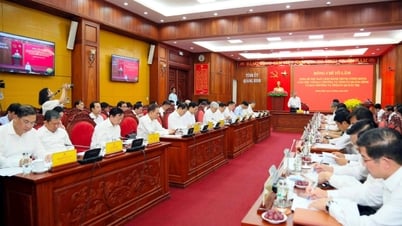
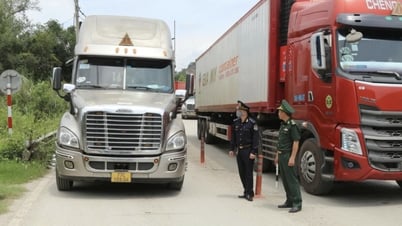




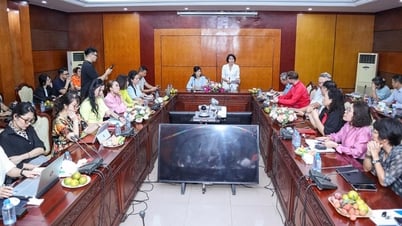

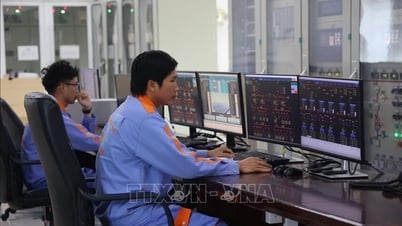


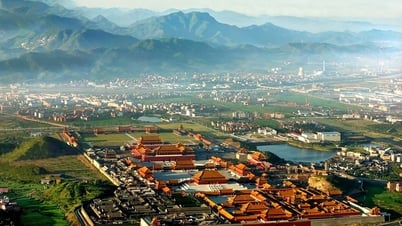
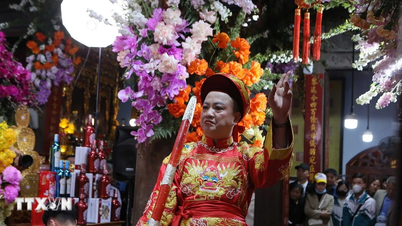

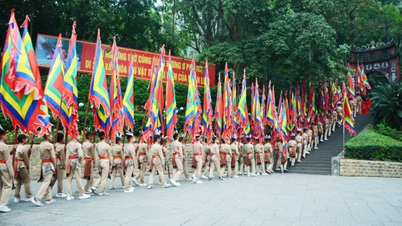








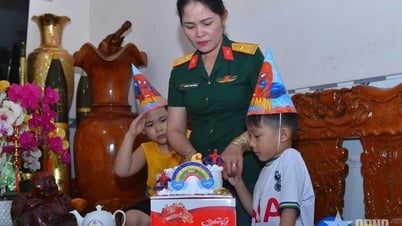
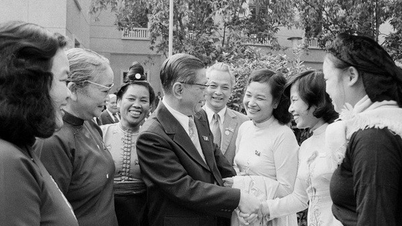


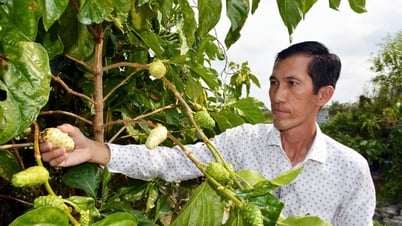





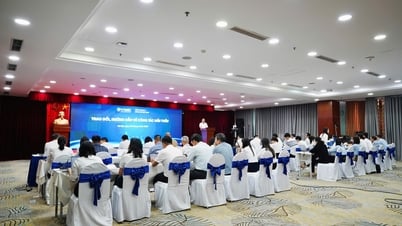




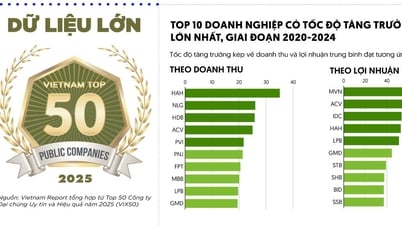



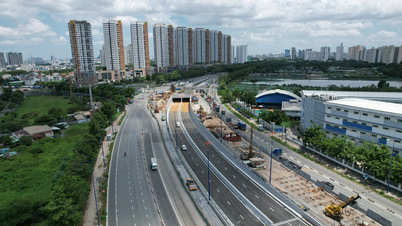
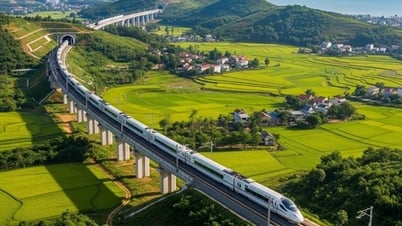
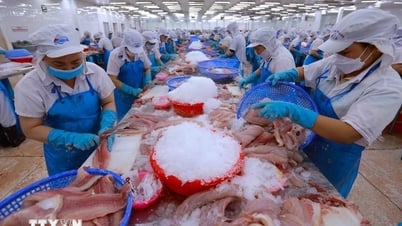






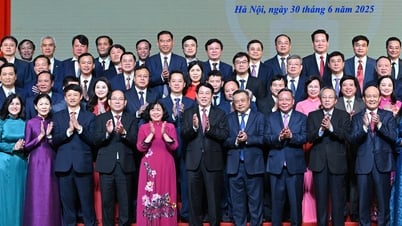


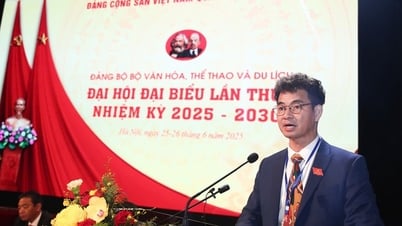
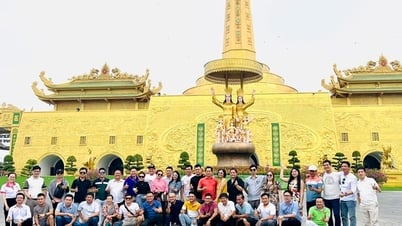




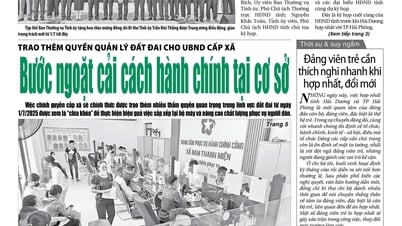

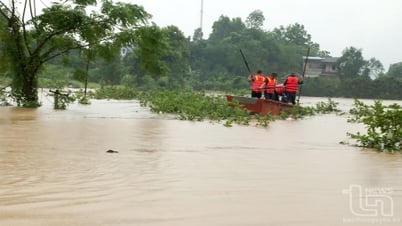

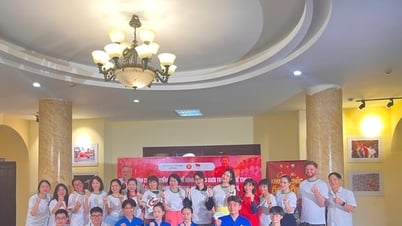















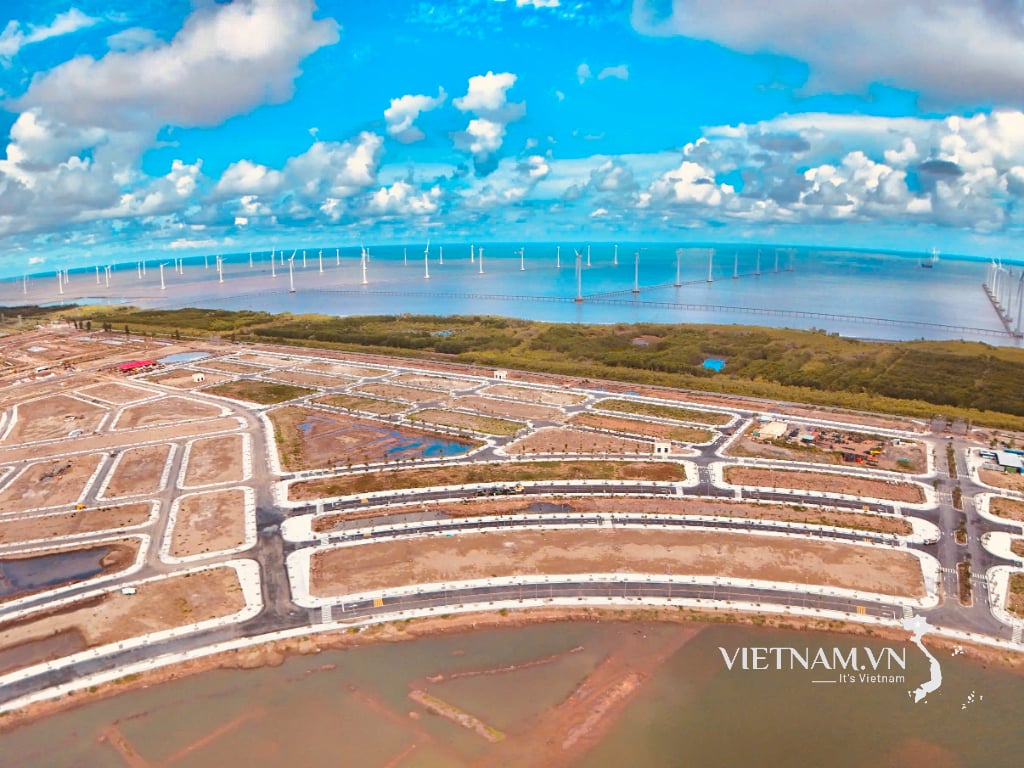
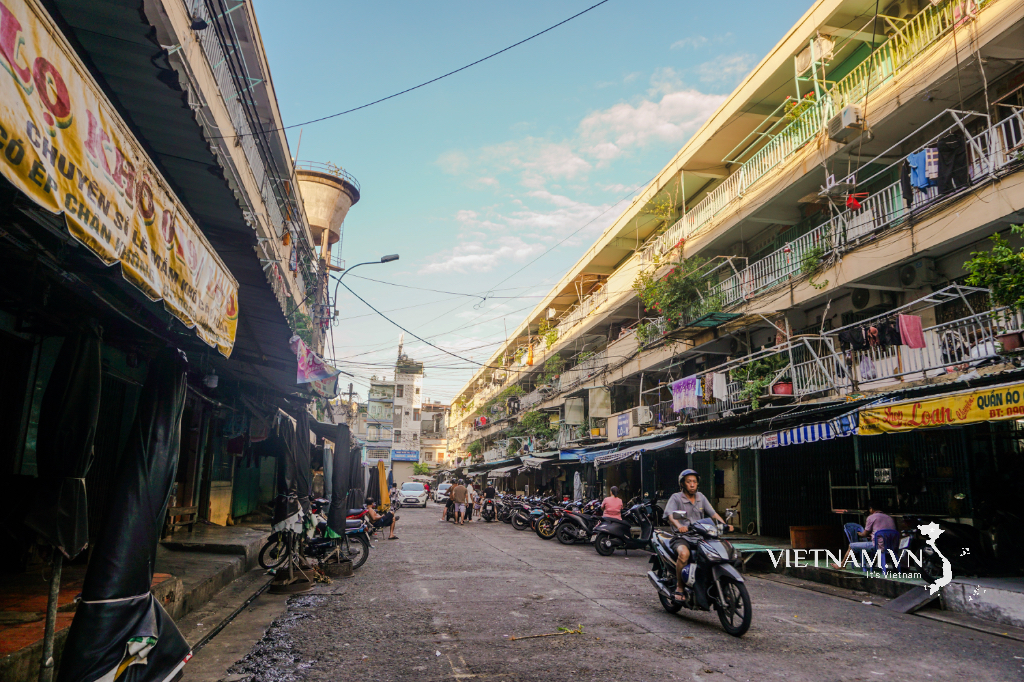


Comment (0)